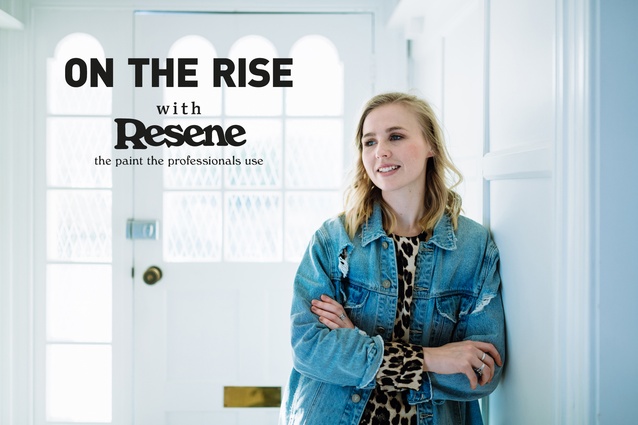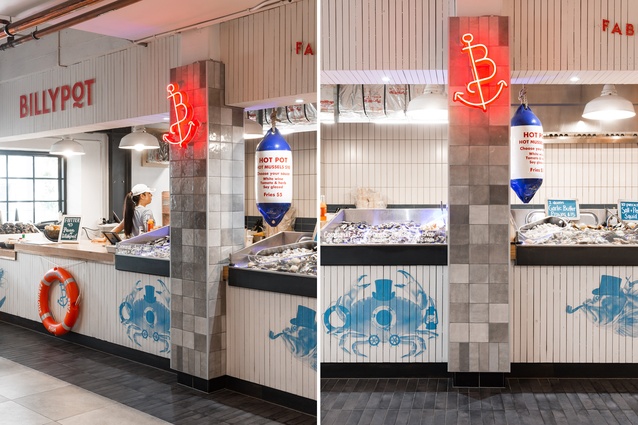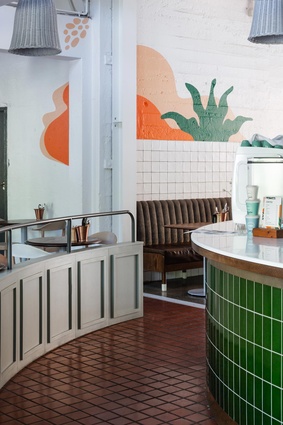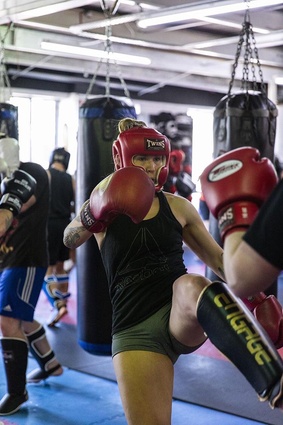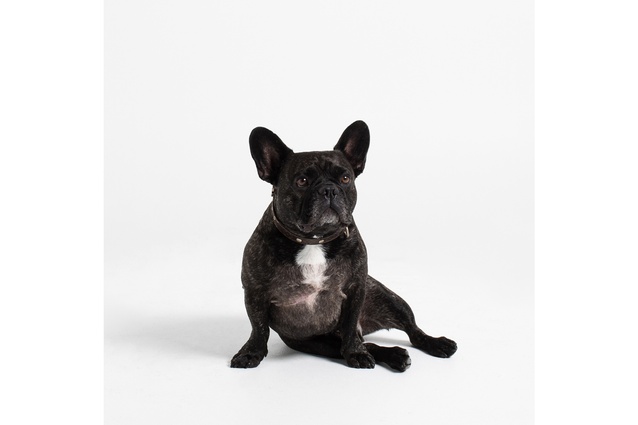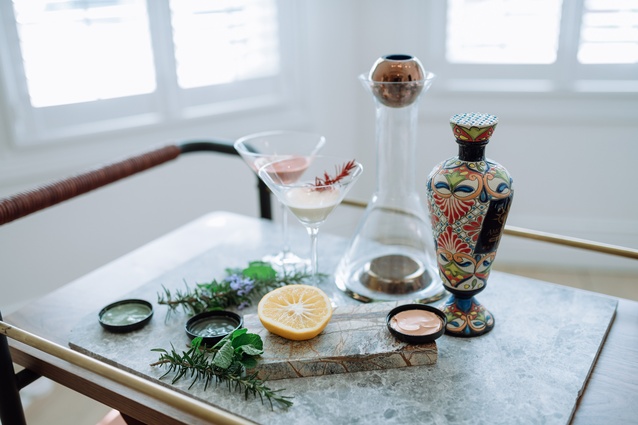On the Rise: Emelia Risi
The Resene On the Rise series profiles up and coming designers across New Zealand that are making waves in the industry. For the latest in the series, Ashley Cusick caught up with Emelia Risi, an interior designer at Izzard, at their Ponsonby offices along with resident French bulldog, Edward.
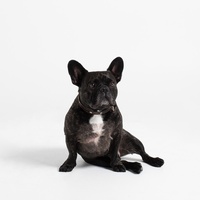
Ashley Cusick (AC): What’s it like having an office dog?
Emelia Risi (ER): It makes you feel good. If you’re feeling a bit stressed, you just go and pet Edward.
AC: Let’s start by talking about when you first became interested in design.
ER: I always wanted to do something creative. I’ve never been very academically driven. I did fine arts in high school and graphics. As for interior design, in my school holidays I worked for my dad doing house painting, and when I finished school I worked hanging wallpaper for about a year. I was always fascinated by the whole industry. So, that probably sparked it.
AC: And, you went to university after that?
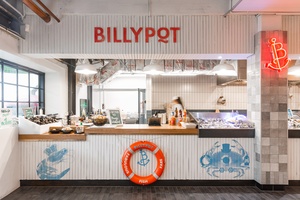
ER: After that, I worked at a law firm as a legal secretary, because I thought it was a ‘safe job’, so to speak. I hated it. It was not me. I was miserable. People didn’t really encourage me to do interiors. People always said, “You’ll be fighting for work.” Now I know that’s completely ridiculous. After that I went to Unitec to do an interior design diploma, which I think I learned the most in. It was really practical. We did a year of residential and a year of commercial. I decided I wanted to have a full degree, so I did a third year of study. That was much more conceptual, but it was fun. I’m glad I did the full degree.
AC: How did you get started with Izzard?
ER: I had about eight months after graduating where I couldn’t find work. So, I worked at Artedomus, the tile company, for three months. I was also working in hospitality throughout my time at university. I kept working at a restaurant in Ponsonby after graduating, and Paul and Nikki [from Izzard] would come in every now and again. I was serving them for about a year, and they knew that I was looking for a job. So, after a year of hassling them, I started working here.
AC: Did you know you wanted to work on commercial projects?
ER: I always wanted to do hospitality design.
AC: Do you think your experience working in restaurants helps you with designing those types of spaces?
ER: One hundred per cent. It helps with the functionality side to it. Even with the commercial kitchens, I feel like I know that side quite well. I know what’s functionally good. I did a little bit of back of house, flipping burgers-type stuff, as well as serving. With the front of house and the eating and drinking areas, there’s so many systems that make things easier for the waitstaff. I worked in one really busy restaurant, and if something wasn’t quite working functionally, it would throw everyone off. Now I’ve been out for a few years, so I’m kind of losing touch. That’s why I think it’s important to let the staff have their input in how it’s functionally going to work.

AC: What drew you towards the commercial side over residential?
ER: I love creating an atmosphere for people. There is a bit more theme in commercial. I like making an environment, and it can sometimes be quite theatrical. When you walk into an awesome restaurant and it’s just buzzing with energy, you get such a good vibe. Even if you’re not into interiors or design, you still get those feelings, and I think design is definitely a big part of creating that feeling.
AC: Do you have any favourite projects that you’ve worked on so far?
ER: I’ve actually been working for the last two years on jobs that are soon to be open in both the Commercial Bay development and the new Westfield Newmarket at 277 Broadway. So, I’ve only done a handful that have been completed, like the Old Elephant House at Auckland Zoo. I think I’ve got about eight opening in the next year. So, I’m excited for the ones I’ve got coming up; I just want to see them!
AC: Are those projects smaller in scale than some of the standalone places?
ER: They are quite small. They still have the same process, though. You still have to get all the consultants – engineering, mechanical, hydraulic – on board; you still have to go through building consents. So, sometimes it takes just as long as a larger project. But, the concept and detail is always faster.
AC: What has been a challenging part of post-university work?
ER: Just how to make stuff. When you design in university, it’s always just what looks cool. Now that I’m in the industry, you have to ask, how is that actually going to work? How’s it made? That’s probably been the most interesting and challenging part: all the nitty gritty of commercial design. It’s also exciting. I feel like information is constantly being downloaded in my head. Which is fun; learning is fun.
AC: With hospitality projects, brand identity is obviously important to the concept. How do you feed that into your design?

ER: We usually do workshops with the client. We’ll fully break down the brand and what they want to be, what they don’t want to be and everything. And then, we try to bring that in to the design, but without doing it too much. Sometimes you want to let the signing and such express it as well. I recently did a mid-century Korean restaurant, which is opening Commercial Bay. You ask, “What is mid-century Korean?” In response, I just pared back the interiors and used mid-century timber and things like that, and they’re bringing more of the kitschy-ness through in their posters and branding.
AC: How would you sum up your approach to a new project?
ER: I always look at functionality first, because of needing to meet the requirements of hospitality projects. Then, I design as I go a lot. Some designers see the big picture in the very beginning, but I like to grab little bits and pieces as I go and then create the big picture.
AC: Where do you go for inspiration?
ER: I love to go out and experience other places. I just came back from Melbourne, and the main thing I wanted to do there was go to the different places to eat and drink. People that regularly go out with me, they know that we will walk in and I’ll be really far behind them, just looking around. I really take in the place before I even look at the menu.
AC: Do you ever have a creative block? How do you get past it?
ER: Paul [Izzard] always says, just leave it. If I’m completely blocked and thinking, ‘this is looking terrible’, he’ll say to stop and come back to it tomorrow. It always happens. I’ll spend hours going over and over, not resolving a design. The next day, I’ll come in and see all the issues and be able to fix them right away.
AC: Do you ever think about the influence of social media on design? Is there a need to make a space “Instagrammable”?
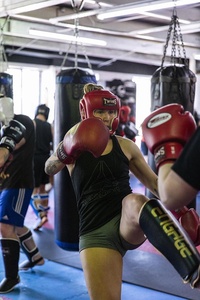
ER: There probably is an influence subconsciously, but I don’t really think about it. I guess I would hope that a space would be somewhere that people want to promote on Instagram, and that’s always the back your mind. It’s hard to know, because I don’t know any different; social
media has always been a part of my life. I would have to say, Instagram is probably good because we’re in New Zealand, and it’s hard to go over to other countries to get inspired. So, we do have it as a tool to keep up with the rest of the world’s hospitality design.
Sometimes, though, I find that you have these Instagram walls, and everyone takes a photo in that one spot. And, when you get there in person, you’re so disappointed. Everyone is taking a photo of this amazing, tiny corner of it, and the rest of it is not up to scratch. That could potentially be a downside. There are so many ways to look at it.
I have to say, so many people look at life through the phone. And, if I could say anything to everyone, it would be put your phone down and live your life. Because, the design of a space is actually about the whole thing, the whole experience and the whole atmosphere.
AC: What do you get up to when you’re not working?
ER: I’ve been doing kickboxing for about three years. I’ve always been into fitness and the community at my kickboxing gym is amazing, so that has kept me going. It’s funny because the sport is based around hurting each other, but there is the most insane respect and love in the gym. But, I decided to stop the kickboxing and I just started doing jiu jitsu instead, because I like my face.
AC: What are you looking forward to in the future? Would you like to continue doing hospitality projects?
ER: I’m doing smaller jobs at the moment because of my current capabilities, but I’m looking forward to working on bigger bars and restaurants. I’d also like to go travelling to get some more inspiration.
AC: As part of our On the Rise series with Resene, we ask participants to create a mood board. Tell us about what you created and the inspiration behind the colours you chose.
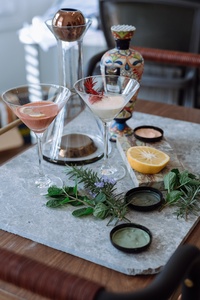
ER: Designing for a company that specialises in hospitality, my whole design philosophy is based around evoking a feeling and experience in an environment: through design, services and the ‘finishing touches’. My mood board reflects my experience as an interior designer, server and patron in the hospitality industry. It represents the whole package, which creates ‘the experience’.
From the physical environment created by the designer to the server taking on the responsibility of harmoniously continuing the design through finer details and presentation, the mood board is about the importance of collaboration between the built environment and the styling and curation that goes into bringing together a successful hospitality experience.
I’m a bit of a tequila lover, so I chose a beautiful painted ceramic tequila bottle, picked up by Paul [Izzard] on his trip to Mexico as my inspiration to create Resene paint cocktails. I used colours which I feel reflect the spirits and the vibrant garnishes used in cocktail making.
AC: What advice would you give to people who are thinking about going into design or studying design?
ER: Do it. If you feel like you don’t know if you’re creative enough, you’ll learn it, and it will come naturally. Interior design isn’t just about fluffing cushions. It’s really stimulating for the mind and there’s lots of problem solving involved as well.
Catch up on all the other interviews in the Resene On the Rise series here.

